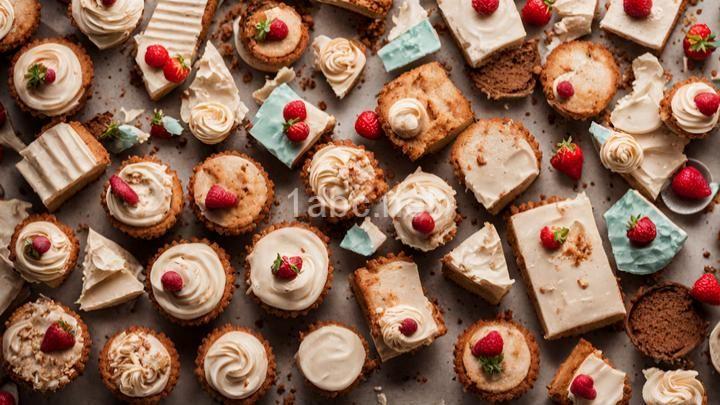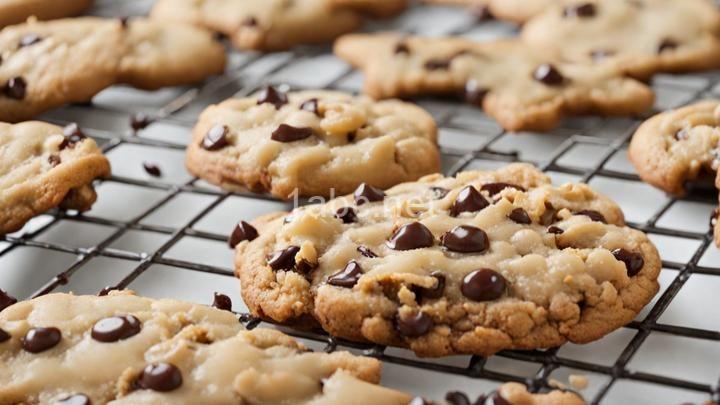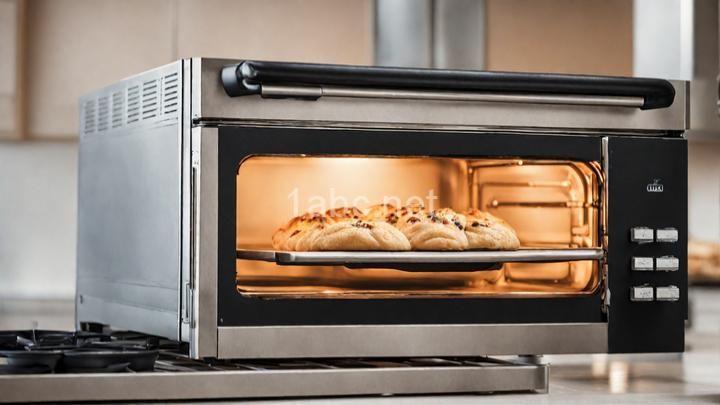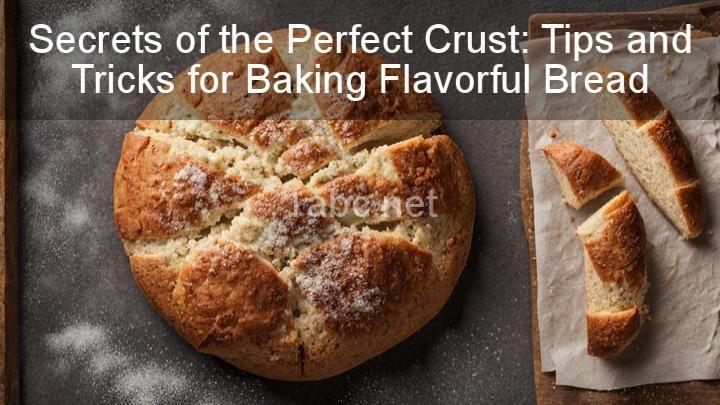Moistness Matters: Exploring the Science Behind Baking Moist Cakes

Introduction:
Hello there, fellow baking enthusiasts! Welcome to another delightful blog post where we dive deep into the world of baking. Today, we are going to unravel the secrets behind achieving moist and delectable cakes. Moistness is a crucial aspect of cake baking, and understanding the science behind it can elevate your baking game to a whole new level.
I. Understanding Moisture:
When it comes to baking moist cakes, moisture is the key ingredient. It plays a vital role in creating a tender crumb and a delightful mouthfeel. So, let's take a closer look at how different ingredients contribute to moisture retention in our cakes.
Liquid ingredients like milk or buttermilk are essential for maintaining moisture in cakes. They add rich flavor and keep the cake moist throughout the baking process. The proteins and fats in milk act as emulsifiers and help to trap moisture, resulting in a tender and moist crumb.
Fats, such as butter or oil, also contribute to the moistness of cakes. These fats coat the flour particles, creating a barrier that prevents excess gluten formation. This leads to a more tender and moist texture in the final product. Butter, with its rich flavor, adds a luxurious touch to the cake, while oil adds moisture without overpowering the flavor.
Additionally, humectants like honey or molasses aid in moisture retention. These ingredients have hygroscopic properties, meaning they attract and hold moisture from the environment. By incorporating them into our cake recipes, we can achieve a longer-lasting moistness.
II. The Power of Proper Mixing:
Proper mixing techniques are crucial for achieving moist cakes with a light and fluffy texture. One technique that plays a significant role in moisture retention is creaming fats and sugars. Creaming incorporates air into the mixture, resulting in a lighter texture. The air pockets also help to hold moisture, making the cake moist and tender.
However, it's important not to overmix the batter. Overmixing can lead to excessive gluten development, resulting in a dense and dry cake. So, be gentle and mix until the ingredients are just combined, ensuring a moist and tender cake.
III. Balancing Flours and Leaveners:
The selection of flours and leaveners also impacts the moisture balance in our cakes. Different types of flours have varying levels of moisture absorption. All-purpose flour, for example, has a moderate absorbency, while cake flour has a lower absorbency, resulting in a moister crumb. Alternatives like almond flour or coconut flour can be used for gluten-free options, but it's important to note that they may require adjustments to the liquid ingredients in the recipe.
Leaveners, such as baking powder or baking soda, play a crucial role in cake texture and moistness. They create gas bubbles in the batter, causing the cake to rise. The release of carbon dioxide also helps to create a light and tender crumb, contributing to the overall moistness of the cake. Proper measurement and balance of these leaveners are essential to achieve the desired results.
IV. Temperature Control:
Temperature control during baking is often underestimated when it comes to achieving moist cakes. The oven temperature has a significant impact on the final product's moisture level. A too-high temperature can cause a cake to dry out quickly, while a too-low temperature can result in an undercooked and dense cake.
To ensure even baking and optimal moisture retention, it is crucial to preheat your oven properly. This allows the cake to bake evenly from the start, preventing any potential drying out. Consider investing in an oven thermometer to ensure accuracy and to make any necessary adjustments to the temperature settings.
V. The Resting Period:
Patience is a virtue, especially when it comes to baking moist cakes. Allowing your cakes to cool properly before slicing is a crucial step in retaining moisture. Even after removing the cake from the oven, residual heat continues to cook the cake. Slicing it too soon can cause steam to escape, resulting in a loss of moisture.
To promote airflow and prevent the cake from becoming soggy, place it on a wire rack for cooling. This allows any remaining steam to escape and prevents condensation from forming on the bottom, ensuring a moist and perfectly cooled cake.
Conclusion:
Congratulations! You've made it to the end of this informative journey through the science behind baking moist cakes. We've explored the role of moisture, the power of proper mixing, the balance of flours and leaveners, the significance of temperature control, and the importance of the resting period.
Now armed with this knowledge, it's time to put it into practice. Experiment with different recipes and techniques, incorporating these scientific insights into your own baking adventures. Remember, baking is a wonderful blend of art and science, and understanding the science behind moistness will take your cakes to new heights.
I would love to hear about your experiences and any questions you may have. Please feel free to share your thoughts and queries in the comments section below. Happy baking and may your cakes always be moist and delightful!
FREQUENTLY ASKED QUESTIONS
What is Moistness Matters?
Moistness Matters is a concept that emphasizes the importance of moisture in various aspects of life. It recognizes that moisture plays a critical role in maintaining overall well-being, particularly in the context of skincare, hydration, and indoor environments. By understanding and prioritizing moisture, individuals can improve their skin health, stay hydrated, and create comfortable living spaces.
Why is moisture important in baking cakes?
Moisture is important in baking cakes for several reasons:
- Texture: Moisture adds softness and tenderness to the cake. It prevents the cake from being dry and crumbly, resulting in a more enjoyable texture.
- Flavor: Moisture helps to distribute and intensify the flavors in the cake, making it more flavorful and delicious.
- Binding: Moisture acts as a binder, holding the ingredients together and giving the cake structure. It helps to keep the cake from falling apart when sliced or served.
- Leavening: Moisture in the cake batter turns into steam during the baking process, helping the cake rise and become light and fluffy.
Overall, the presence of moisture in cakes plays a vital role in achieving the desired taste, texture, and structure of the final baked product.
What are the key factors that contribute to a moist cake?
There are several key factors that contribute to a moist cake. These include:
- Proper measurements of ingredients: Using the correct amounts of flour, sugar, fat (such as butter or oil), and liquids is essential for achieving a moist cake. Too much flour can result in a dry cake, while too much liquid can make it too moist or even soggy.
- Fat content: Adding fat to the cake batter helps to keep it moist. Butter, oil, or other fats coat the flour particles, preventing excessive gluten formation and resulting in a tender and moist texture.
- Liquid content: Including enough liquid in the batter is important for moisture. This can be achieved through the use of ingredients like milk, buttermilk, yogurt, or even fruit juices.
- Sugar: Sugar not only adds sweetness but also helps to retain moisture in the cake. It attracts and holds onto water, keeping the cake moist and tender.
- Mixing technique: Overmixing the batter can develop gluten excessively, resulting in a dry and tough cake. It is important to mix just until the ingredients are combined, without overworking the batter.
- Baking time and temperature: Baking the cake for the right amount of time and at the correct temperature is crucial. Overbaking can cause the cake to become dry, while underbaking can result in a gooey texture.
By paying attention to these factors and following a well-tested recipe, you can achieve a moist and delicious cake.


